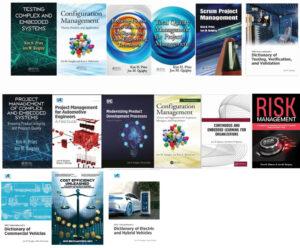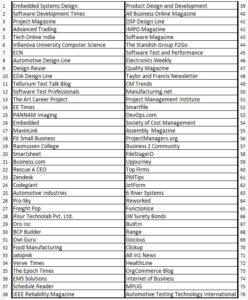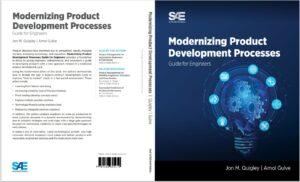Guide to New Product Development
Introduction to New Product Development
New product development is the process of transforming an idea into a marketable product or service. It involves market research, product design, testing, and eventually launching into the marketplace. By following a well-structured approach, businesses can reduce risks, optimize resources, and set a clear trajectory for growth. We have spent the last 30 years studying, creating, and practicing product development. We have applied new approaches, mashed up existing methods, and, in the process, have written many books and magazine articles on the topic.
Key Steps for New Product Development
- Market Research
Identify your target market’s needs, preferences, and pain points. Gather insights through surveys, focus groups, and competitor analysis. AI tools can help us determine the market demands and assess our past efforts and knowledge applying to this new opportunity. - Ideation & Conceptualization
Generate a wide range of ideas and narrow them down based on feasibility and market demand. Brainstorming and collaboration across teams can lead to innovative solutions during this stage. We have used AI to generate outside-the-box approaches to developing the solution. VR and AR can experiment with the requirements and product incarnations without building full-on prototypes. The book below, Modernizing Product Development Processes, delves into this in depth. - Prototyping & Testing
Create prototypes to refine the product’s design and functionality. Solicit feedback from potential users to ensure the product aligns with market expectations. Rapid prototyping tools like 3D printer and PCB creation are invaluable. - Product Launch Planning
Develop a go-to-market strategy, including marketing, distribution, and pricing. Align internal teams on timelines and responsibilities to ensure a smooth rollout. - Iterate & Improve
Gather post-launch feedback to guide product iterations or additional enhancements. Continuous improvement ensures your product remains competitive and meets evolving customer needs.
Overcoming Challenges in New Product Development
Despite its benefits, new product development can be complex. Common challenges include budget constraints, tight timelines, and resource allocation. Clear communication across departments and consistent user feedback help mitigate these hurdles. Project management tools and setting realistic milestones can also streamline workflows and increase the likelihood of a successful launch.
Conclusion
Businesses can reduce uncertainties and accelerate innovation by implementing a structured approach to new product development. From research to launch, each phase requires thorough planning, consistent feedback loops, and a clear roadmap for continuous improvement. Embracing this process sets the foundation for long-term growth and a lasting competitive edge.
For more information, contact us:
Follow us on social media at:
Amazon Author Central https://www.amazon.com/-/e/B002A56N5E
Follow us on LinkedIn: https://www.linkedin.com/in/jonmquigley/



